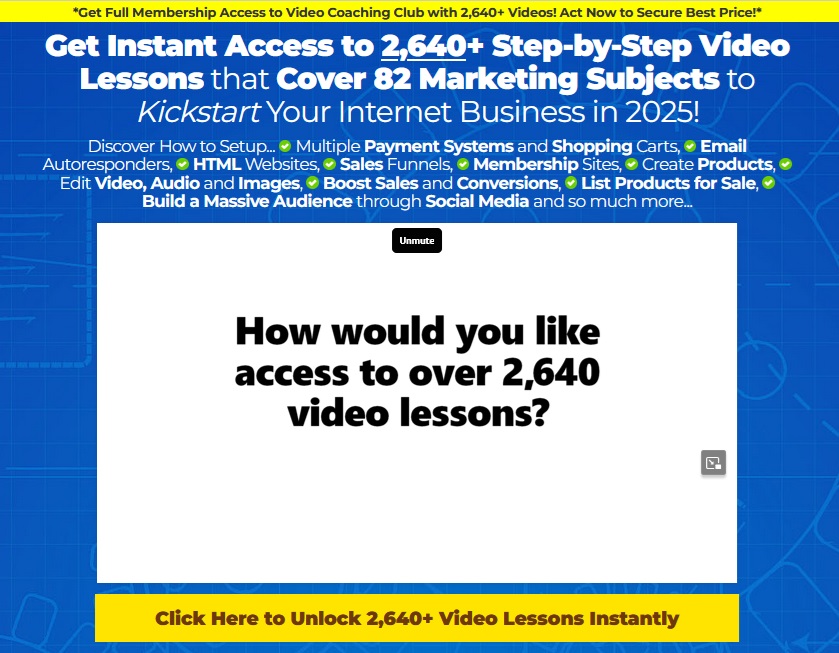Why Segmentation is Key to Success
(Click the “Play Button” to Listen to the Post)
 Segmentation is one of the most powerful strategies in email marketing. It’s all about dividing your email list into smaller, more targeted groups based on specific criteria. By sending tailored messages to each segment, you can increase engagement, boost conversions, and build stronger relationships with your subscribers.
Segmentation is one of the most powerful strategies in email marketing. It’s all about dividing your email list into smaller, more targeted groups based on specific criteria. By sending tailored messages to each segment, you can increase engagement, boost conversions, and build stronger relationships with your subscribers.
Think of segmentation as the secret ingredient that makes your emails more relevant and engaging. When you send generic emails to your entire list, not everyone will find the content relevant. But when you segment your list, you can deliver content that speaks directly to the interests and needs of each group. This personalization makes your subscribers feel valued and understood, increasing the likelihood that they’ll open your emails and take action.
One of the most common ways to segment your email list is by demographics. This includes basic information such as age, gender, location, and income level. For example, if you run an online clothing store, you might segment your list by gender to send targeted product recommendations. Or, if you have a local business, you could segment by location to promote in-store events or region-specific offers.
Another effective method is behavioral segmentation. This involves dividing your list based on how subscribers interact with your brand. For example, you can segment by past purchase behavior, website activity, or email engagement. If a subscriber frequently clicks on links about a particular product category, you can send them more content related to that category. Or, if someone hasn’t opened your emails in a while, you might send a re-engagement campaign to win them back.
Interest-based segmentation is another powerful strategy. By understanding your subscribers’ interests, you can create highly relevant content that resonates with them. You can gather this information through surveys, quizzes, or by tracking the types of content they engage with. For instance, if you have a fitness blog, you might segment your list into groups interested in yoga, strength training, or nutrition. Each segment would then receive tailored content that matches their interests.
Segmenting by lifecycle stage is also crucial. This means grouping subscribers based on where they are in the customer journey. New subscribers might need welcome emails to introduce them to your brand, while long-term customers might appreciate loyalty rewards or exclusive offers. By delivering the right message at the right time, you can nurture leads and guide them through the sales funnel more effectively.
Another useful approach is segmenting by engagement level. Some subscribers are highly engaged and regularly interact with your emails, while others might be less active. You can create segments for highly engaged subscribers to send them special offers or advanced content. For less engaged subscribers, you might focus on re-engagement campaigns to rekindle their interest.
Segmentation also allows you to perform A/B testing more effectively. By testing different messages, subject lines, or offers on specific segments, you can gain insights into what works best for each group. This data-driven approach helps you optimize your email marketing strategy and achieve better results.
Implementing segmentation might seem complex, but it’s worth the effort. Start small by focusing on a few key segments that make the most sense for your business. As you gather more data and insights, you can refine and expand your segmentation strategy.
Email marketing platforms often provide tools to help you segment your list easily. Use these tools to automate the process and ensure your segments are always up to date. Regularly review your segments and adjust your strategy based on the latest data and trends.
In summary, segmentation is a game-changer for email marketing. By dividing your list into targeted groups and sending personalized content, you can increase relevance, engagement, and conversions. Whether you segment by demographics, behavior, interests, lifecycle stage, or engagement level, this strategy helps you connect with your subscribers on a deeper level and achieve your email marketing goals more effectively.
Brought to you by https://gregraymarketing.com
Get Lifetime Membership Access
to My Video Coaching Club
(over 2,600+ lessons for one price)

Our latest Video Coaching Club is your one-stop to all the nuts and bolts you need in your business.
We’ll cover everything from integrating multiple payment processors, setting up shopping carts,
what platforms to sell on… to building websites, editing HTML, installing blogs, building sales funnels,
integrating autorepsonders, animating videos, editing audios, creating graphics and so much more!
Check out the link below for more details…
